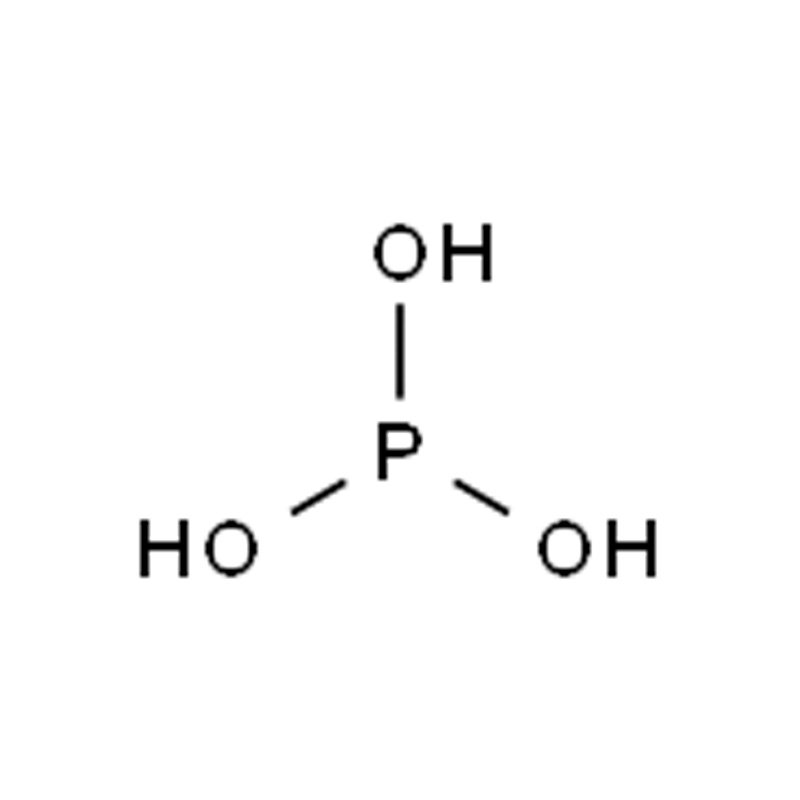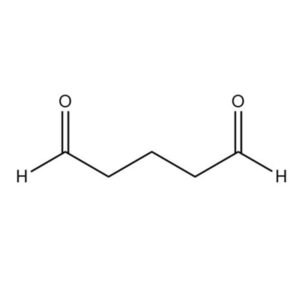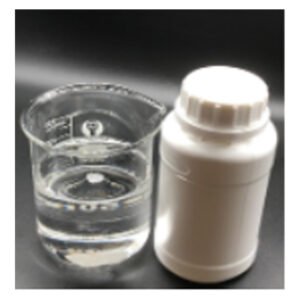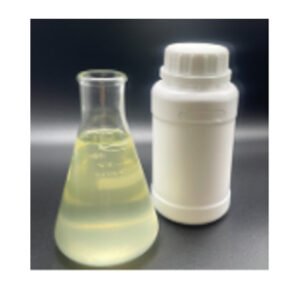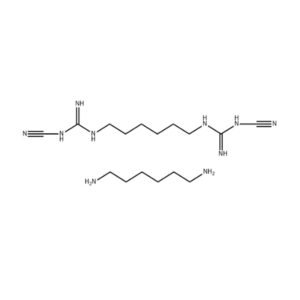【CAS】10294-56-1
Alias: Phosphorou acid
Molecular formula: H3O3P Relative molecular mass: 82
Structural formula: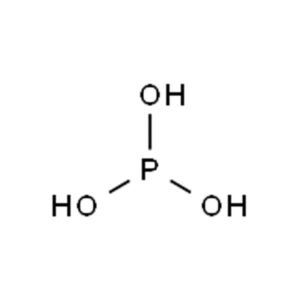
1.Product Property
Phosphoric acid, an inorganic compound, is soluble in water and alcohols. It slowly oxidizes in the air to orthophosphoric acid. At 180℃, it decomposes into phosphine and orthophosphoric acid. It is corrosive. Phosphoric acid is a binary acid in Chemicalbook. Its acidity is slightly stronger than that of phosphoric acid. It has strong reducibility and can reduce silver ions (Ag+) to metallic silver (Ag), and can reduce sulfuric acid to sulfur dioxide.
2.
| Parameter | Specification |
| Appearance | White crystalline powder or flakes |
| Assay (H₃PO₃, % wt.) | ≥ 99.0% (Industrial), ≥ 99.5% (Reagent) |
| Phosphoric Acid (H₃PO₄) | ≤ 0.5% |
| Water Insolubles | ≤ 0.01% |
| pH (1% Solution) | 1.5 – 2.5 |
3.Application scope and Usage
Agriculture: Phosphoric acid is the raw material for producing important phosphatic fertilizers (such as superphosphate, potassium dihydrogen phosphate, etc.) and also the raw material for producing feed nutrient agents (calcium dihydrogen phosphate).
Industry: Phosphoric acid is an important chemical raw material. Its main functions are as follows: 1. It is used to treat the surface of metals, generating insoluble phosphate films on the metal surface to protect the metal from corrosion. 2. It is mixed with nitric acid as a chemical polishing agent to improve the smoothness of the metal surface. 3. It is used to produce phosphate esters as raw materials for cleaning products and pesticides. 4. It is used to produce raw materials for phosphorus-containing flame retardants.
Food: Phosphoric acid is one of the food additives. It is used as an acidulant and yeast nutrient in food. Cola contains phosphoric acid. Phosphate salts are also important food additives and can be used as nutrient enhancers.
Medicine: Phosphoric acid can be used to produce phosphorus-containing drugs, such as sodium glycerophosphate, etc.
4.Package and Storage
The storage area should be kept cool and well-ventilated, away from fire sources and high temperatures, and protected from direct sunlight.
Container handling: Use corrosion-resistant containers (such as polyethylene or glass), and avoid contact with metal containers. Isolation measures: Store separately from food, feed, oxidants and other chemicals to prevent leakage or reactions.

